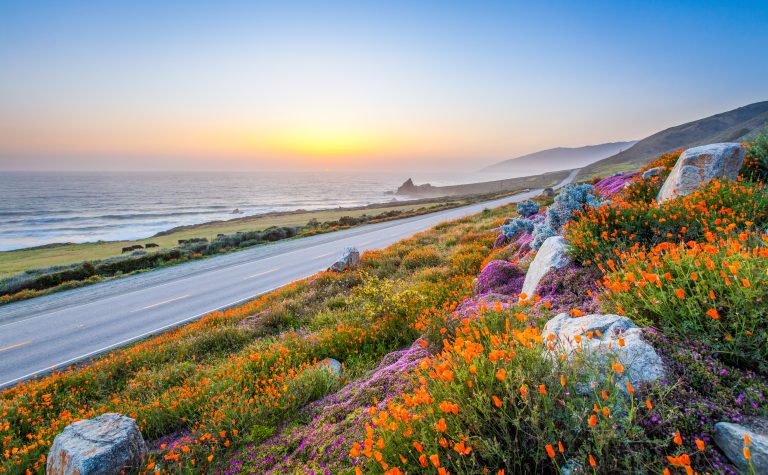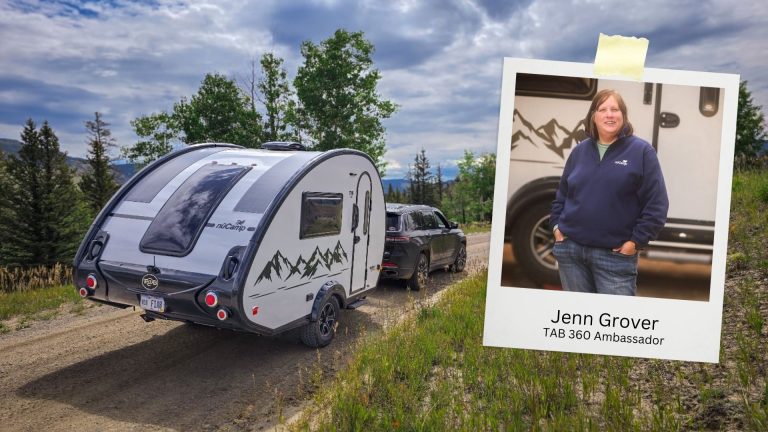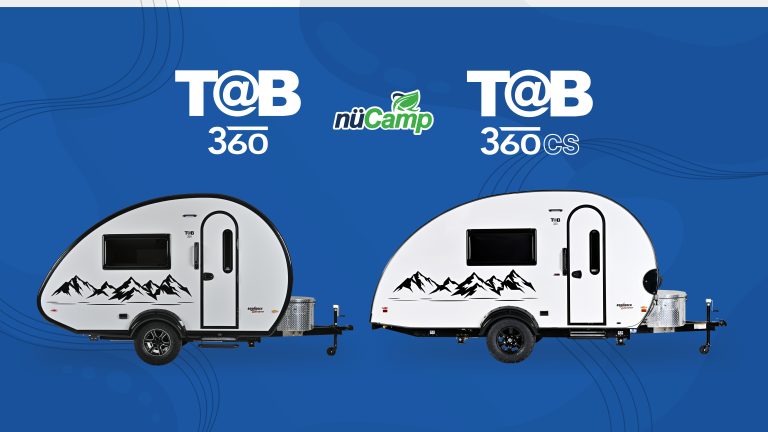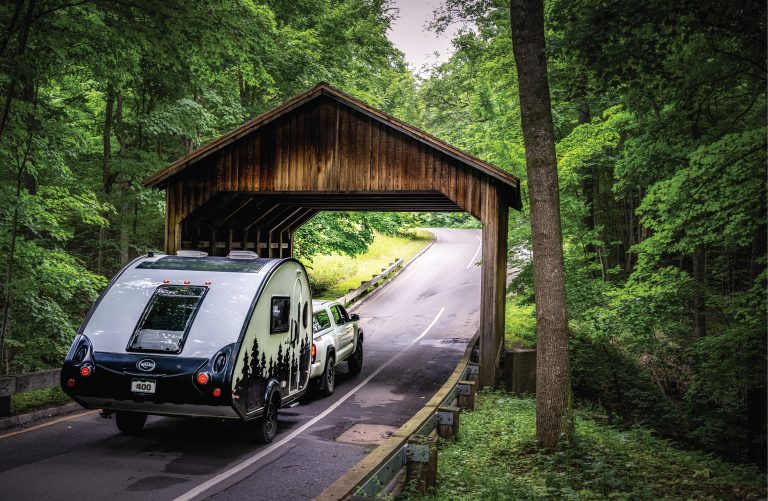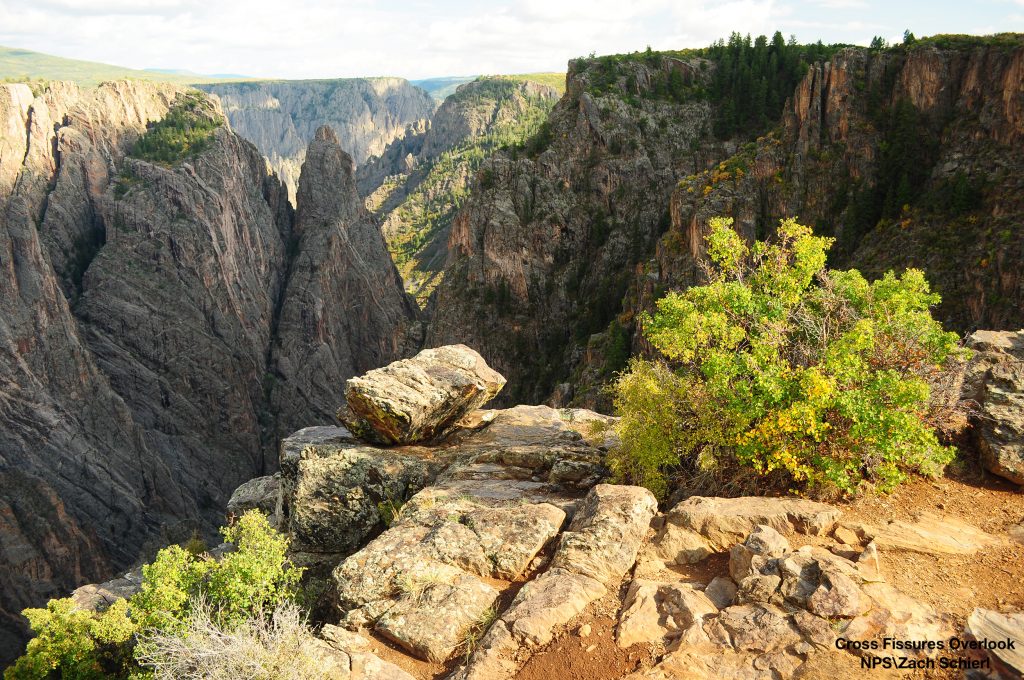COVID-19 Response—Rangers are staffing a desk outside the visitor center during business hours to issue permits, answer questions, and assist your visit. South Rim Drive, North Rim Drive, and all viewpoints are open. No reservations required for entry.
Black Canyon of The Gunnison
102 Elk Creek, Gunnison, CO 81230 Phone: 970-641-2337 x205
https://www.nps.gov/blca/index.htm
Sheer walls of schist and gneiss cutting as deep as 2,700 feet into the earth’s crust. A 48-mile stretch that is as narrow as 40 feet in some places and a river that drops an average of 43 feet per mile— one of the steepest mountain descents in North America, according to the New World Encyclopedia. These three dimensions hardly due justice to Colorado’s Black Canyon of The Gunnison, 14 miles of which is part of the Black Canyon National Park.
The 47-square mile park became part of the National Park Service in 1999, making it the 55th U.S. National Park and the third smallest. But don’t let the diminutive size deter you from adding it to your list. Instead, become one of the many who couldn’t resist this unique natural attraction.
While the Ute Indians who lived in the area since written history began knew of the Black Canyon of the Gunnison, they only inhabited the rim, never the gorge itself. Several expeditions sought to explore the area, including the 1853 Gunnison Expedition led by Captain John W. Gunnison, the 1883 Bryant Expedition led by Byron Bryant, the 1900 Pelton Expedition led by John Pelton, the 1901 Torrence & Fellows Expedition, led by Abraham Lincoln Fellows and Will Torrence, and the 1916 Kolb Expedition led by Ellsworth Kolb. But the canyon’s rugged and demanding environment proved an insurmountable impediment to the explorers. And yet the canyon’s natural majesty captivated those who sought to conquer it, and inspired transitman Harvey Wright of the Bryant Expedition to describe it as “view after view of the most wonderful, the most thrilling of rock exposures, one vanishing from view only to be replaced by another still more imposing.”
Today’s visitors will be equally overwhelmed by this natural wonder that consists of some of the steepest cliffs, oldest rock, and craggiest spires in North America. From trails to hike, streams and rivers ideal for fishing (the Gunnison River within Black Canyon of the Gunnison National Park is designated as Gold Medal Water & Wild Trout Water), wildlife to watch, scenic drives to explore, and of course, rock walls to climb, Black Canyon is a treasure chest of activities. Even winter weather isn’t an obstacle. The South Rim Drive, left unplowed during winter months, becomes a ski trail, while the upper part of the Oak Flat Loop and Rim Rock Trail turns into a snowshoeing location.
Camping
Black Canyon has three campgrounds: the East Portal Campground (a small tent-only site at the bottom of the canyon that’s closed in the winter) and two on the canyon’s rim: the North Rim Campground and the South Rim Campground, with only the last offering electrical hook-ups. Fees for each campground vary, with discounted camping rates for valid Senior or Access passes.
Hikers and kayakers may also camp in the Black Canyon of the Gunnison Wilderness Area after obtaining a Wilderness Use Permit (restrictions apply), while winter backcountry camping is permitted along the closed South Rim Drive beyond Pulpit Rock Overlook, providing all wilderness regulations are followed and a free wilderness use permit is secured.
Visitor Centers
The South Rim Visitor Center, seven miles north on Colorado Highway 347 from the intersection with U.S. Highway 50, is open every day except Thanksgiving and Christmas Day. Hours range from 9:00 a.m. to 4:00 p.m. from October to April, 8:00 a.m. to 5:00 p.m. from April to May, 8:00 a.m. to 6:00 p.m. from May to September, and 8:00 a.m. to 5:00 p.m. from September to October. (Check the site or contact the Visitor Center for specific dates.)
The North Rim Ranger Station is open intermittently during the summer, with a self-pay station available for the park entrance fee. A self-registration board is available for wilderness permits if the ranger station is closed.
Hours and Fees
Entrance fees are $25 for a 7-Day Vehicle Pass, $20 for a 7-Day Motorcycle Pass, $15 for a 7-Day Individual Pass (pedestrian or bicycle), and $45 for a Black Canyon Annual Pass. Passes can be purchased at the entrance station with digital passes also available at recreation.gov. The park also has five entrance fee-free days during the year: Martin Luther King, Jr. Day, First Day of National Park Week, the National Park Service Birthday, National Public Lands Day, and Veterans Day. Check the site for exact dates with more fee information available here.
Accessibility
Both the South Rim and North Rim have facilities that are accessible to those with mobility impairments. At the South Rim, accessible facilities include restrooms, two accessible camping sites, and restrooms at the South Rim Campground, Tomichi Point Overlook, Chasm View Overlook, and Sunset View Overlook. North Rim accessible facilities include the restroom at North Rim Ranger Station and Balanced Rock Overlook.
The Black Canyon Movie shown at the South Rim Visitor Center meets Section 504 standards for audiences with hearing and visual impairments, with headphones for audio descriptions are available upon request.
Weather
The Black Canyon has a four-season climate. Summer daytime temperatures range between 55F to 90F, with afternoon thunderstorms being common during the summer. Winter daytime temperatures range between 15F to 40F, with afternoon snow accumulation varying greatly from year to year. Keep in mind that both the temperature and weather conditions can vary depending on whether you’re on the canyon rim or the canyon floor. The closer you get to the bottom of the canyon, the hotter it will become.
Pets
While pets on leash are allowed on roads, in campgrounds, to the overlooks, and on specific trails (Cedar Point Nature Trail, North Rim Chasm View Nature Trail, and Rim Rock Trail), they are not permitted on any other hiking trails, cross country ski trails, or inner canyon wilderness, on ranger-led geology walks, or at evening programs in the campground amphitheater. Note: From approximately June 1 to August 15, dogs are allowed in campsites, but may not be taken on walks (even on a leash), and may not be carried around the South Rim Campground or on the Rim Rock Trail due to potentially aggressive deer protecting their fawns.
Other rules and regulations pertaining to the park can be found here and wilderness regulations can be found here.
Recent Articles
